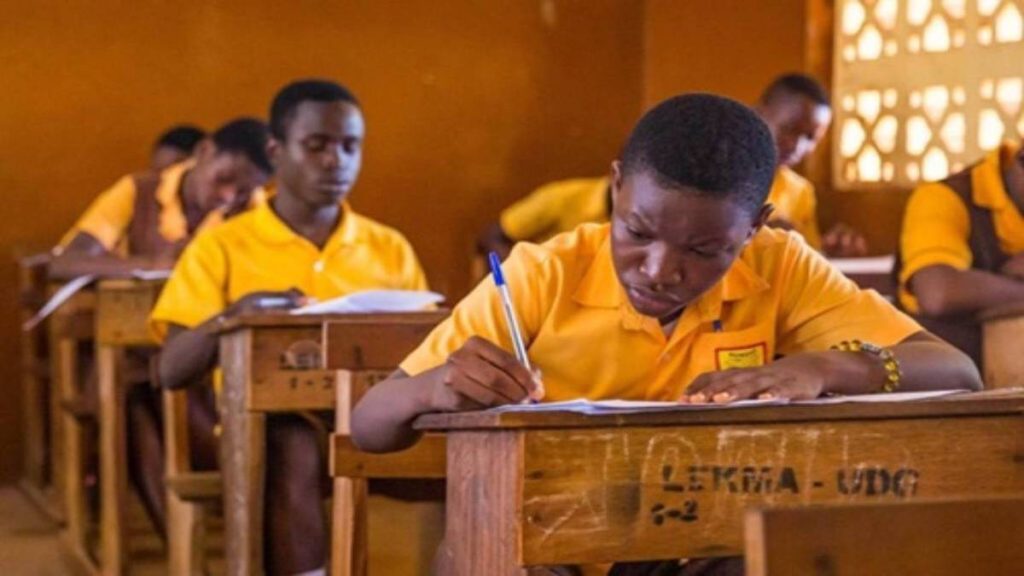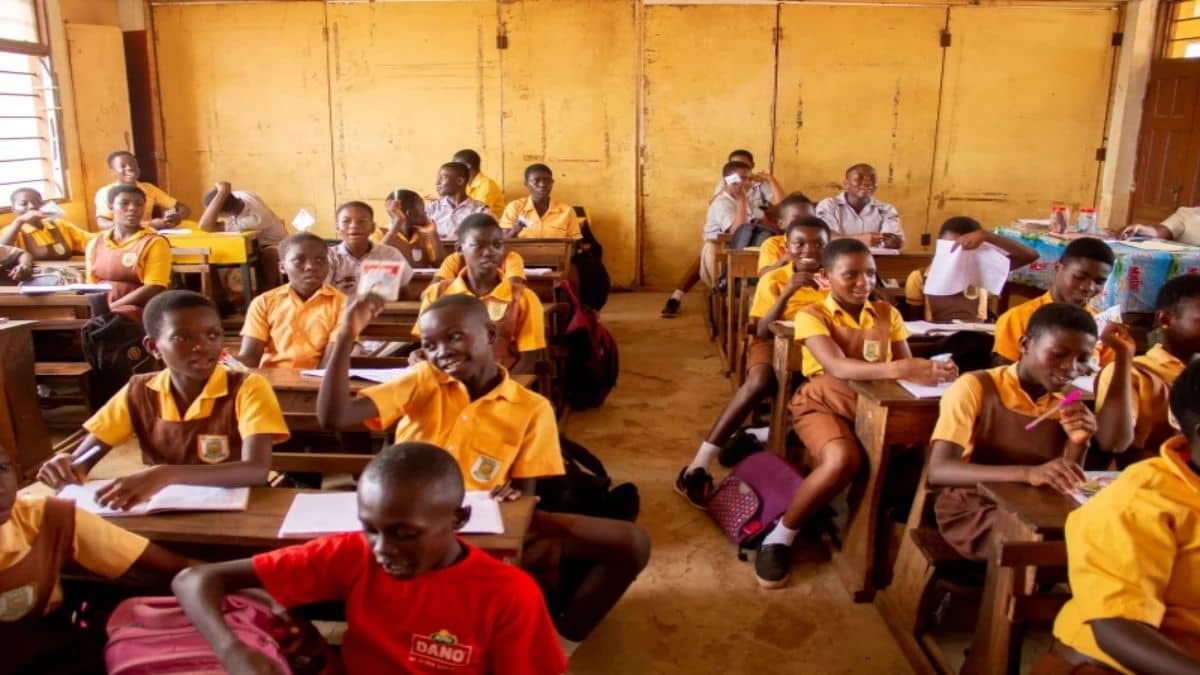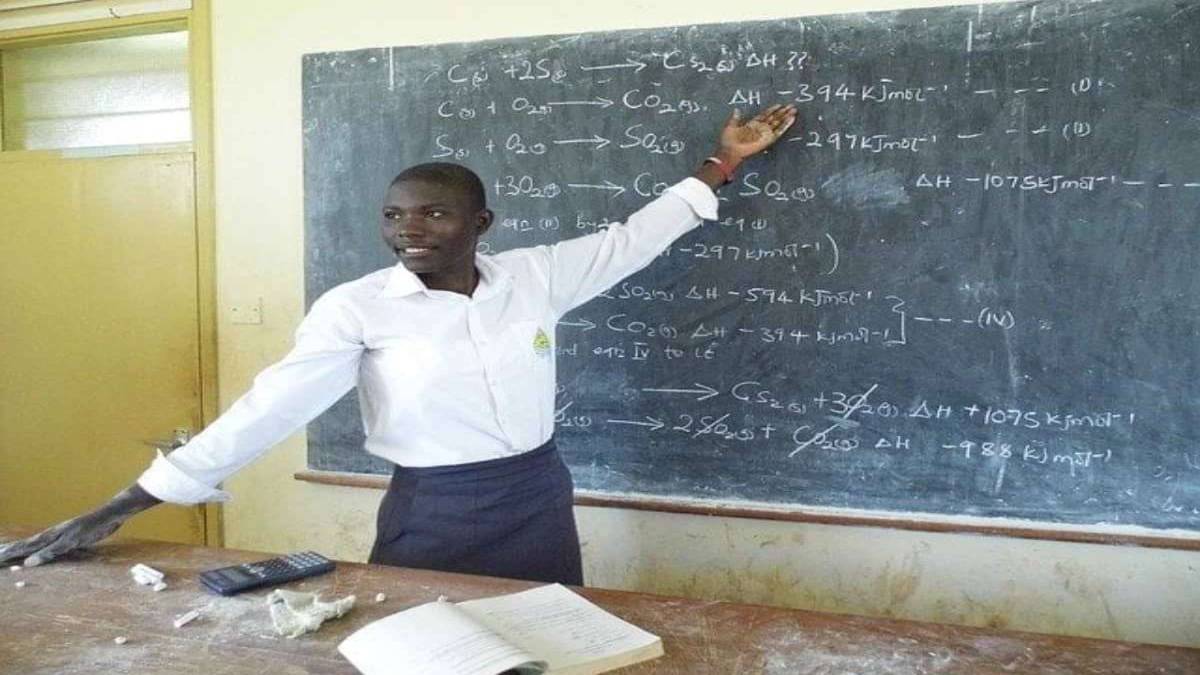There’s nothing like SHS/TVET protocol-placement in CSSPS – GES

The Ghana Education Service (GES) says school protocol placement is officially not recognised in the Computerised School Placement System, which is regulated by the Computerised School Selection and Placement System (CSSPS) Secretariat.
The school protocol placement system enables students with poor Basic Education Certificate Examination (BECE) aggregates to gain admission into ‘Category A’ second-cycle schools.
But speaking in an interview monitored by Pretertiary.com, the Head of Public Relations at Ghana Education Service, Daniel Fenyi, said no such system is associated with the computer school placement.
“The reality is that protocol is not officially recognized in the placement process, but in schools that still have vacancies, we give head of schools the opportunity to enroll people who have physically walked in they are interested in their school. They have access to enroll them and notify GES,” Daniel Fenyi stated.
Asked if government officials, including Members of Parliament, can not secure admission into a particular school for a student, the GES spokesman said that it is not possible this year in the school placement.
“If you speak to the Members of Parliament (MPs) and a politically exposed person, they will tell you it is extremely difficult to get access because we want to make the process as merit-based as possible,” he said.
A total of 590,309 BECE candidates qualified for second-cycle school (SHS/TVET) placement. Out of this, 483,800 were placed automatically, while 107,000 secured schools through self-placement.
According to the Ministry of Education, of the 483,800 BECE graduates who secured automatic second-cycle school placement, 234,783, representing 48.6% were boys, and 248,038, representing 51.4% were girls.
It indicated that 82 per cent (82%) of qualified students who sat for the 2025 edition of the Basic Education Certificate Examination (BECE) have been placed in their first-choice second-cycle schools.
This year, a total of 603,328 candidates, comprising 297,250 males and 306,078 females, from nineteen thousand, five hundred and five (19,505) Junior High Schools (JHSs) entered for the school examination.
This includes seventy-two (72 ) candidates with visual impairment, two hundred and thirty-nine (239) with hearing impairment, and one hundred and sixty-one (161) candidates with other test accommodation needs.
The examination was conducted at two thousand, two hundred and thirty-seven (2,237 ) centres across the country. Out of the total number, two thousand, five hundred and twenty-six (2,526) candidates were absent.
The BECE for Private Candidates recorded a total entry figure of one thousand, three hundred and ninety (1,661) candidates. This was made up of eight hundred and fifty-eight (858) males and eight hundred and three (803 ) females.
Fifteen (15) centres, mostly in the regional capitals, were used for the BECE for Private Candidates. Out of the total number of candidates who entered for the examination, fifty-seven (57) were absent.




protocol SHS